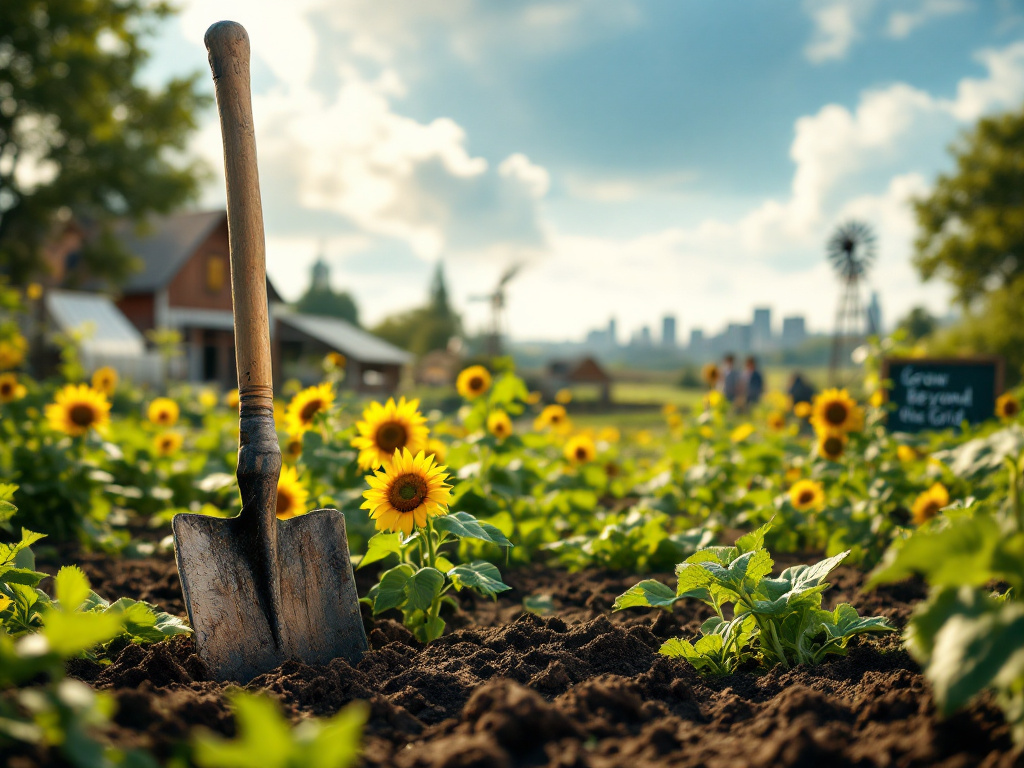Build an EMP-Proof Garden: Essential Non-Electric Tools for Post-Grid Farming
Discover how to create an EMP-proof garden using non-electric tools. Learn essential techniques and tools for post-grid farming to ensure your food security in any crisis.
Joel L.
3/4/20255 min read
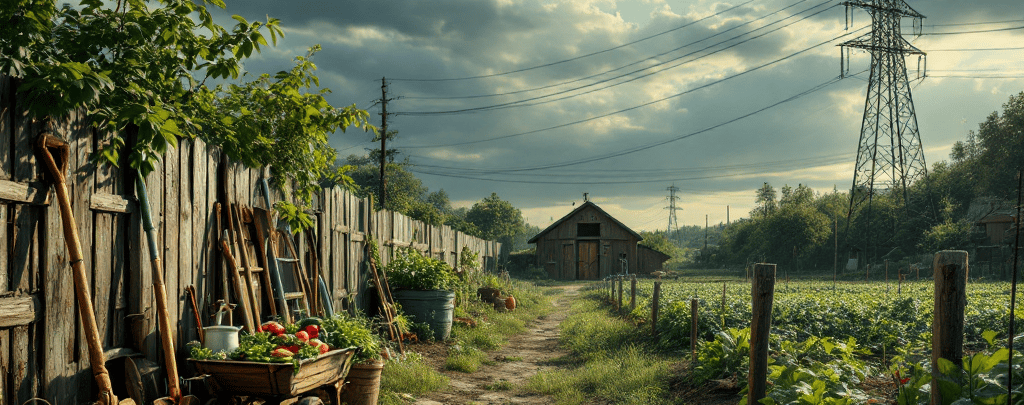

Why EMP-Proof Gardens Matter
An Electromagnetic Pulse (EMP)—from a solar flare or a weapon—could fry the power grid, leaving modern farming dead in its tracks. Tractors, electric pumps, even your fridge? Gone. But food doesn’t stop being a necessity. An EMP-proof garden, powered by non-electric tools and human ingenuity, is your lifeline. It’s not about nostalgia; it’s about survival, sustainability, and taking control when everything else fails.
Historically, people thrived without electricity. Medieval farmers, Native American tribes, and even Depression-era homesteaders grew food with tools we can still use. Let’s tap into that resilience and build a garden that laughs in the face of a blackout.
Non-Electric Tools and Techniques:
Your Toolkit for Resilience
Here’s the core of your EMP-proof garden: tools and methods that don’t need a plug. For each gardening stage—soil preparation, planting, watering, weeding, harvesting, preservation, and moving stuff—I’ll give you the what (tools), the how (methods), and a practical tip to make it work in a post-grid world. These are straightforward, grid-independent solutions to keep your food growing when the power’s out. Let’s dig in.
1. Soil Preparation: Turning Earth Without Power
Hand Plow: A wooden or metal blade on a handle. Grip it firm, push it into the soil, and walk backward to break up dirt. Perfect for plots under an acre.
Hoe: Use a grub hoe for tough soil—swing it like an axe to dig deep. A Dutch hoe skims the surface for lighter work.
Animal Power: Got a horse or ox? A simple plow harness multiplies your effort. Ancient Egyptians fed empires this way.
How-To: Start with a small patch—say, 10x10 feet. Push the hand plow in rows, overlapping slightly to avoid hard spots. Add compost by hand to feed the soil naturally.
Tip: Test your soil with a jar—fill it halfway with dirt, add water, shake, and let it settle. Sand sinks, clay floats. Adjust with organic matter if it’s too heavy.
2. Planting: Precision Without Machines
Dibbler: A T-shaped stick with a pointed end. Poke holes 1-2 inches deep, spaced per seed packet instructions (e.g., 6 inches for beans).
Seed Spreader: Hand-cranked and mechanical, not electric. Fill it, turn the handle, and walk steadily to scatter seeds evenly.
How-To: Mark rows with string and stakes. Use the dibbler for big seeds (corn, squash); spreader for small ones (lettuce, carrots). Cover with soil and pat down.
Tip: Try the “three sisters” combo—corn, beans, squash. Corn stalks support beans, squash shades weeds. Native Americans swore by it.
3. Watering: Keeping Crops Alive Off-Grid
Watering Can: Heavy-duty metal, 2-gallon size. Fill from a rain barrel and pour slowly at the base of plants.
Hand Pump: Cast-iron, foot or hand-operated. Bolt it near a well or stream; pump steadily for a strong flow.
Gravity Channels: Dig shallow trenches downhill from a water source. Line with rocks to slow erosion.
How-To: Set up a rain barrel under a roof edge—50 gallons catches plenty. For gravity, slope trenches 1 inch per 10 feet; test with a bucket to ensure flow.
Tip: Mulch with straw or leaves to lock in moisture. Cuts watering in half.
4. Weeding: Staying Ahead of the Chaos
Scuffle Hoe: A flat blade on a long handle. Push it back and forth just under the soil to slice weed roots.
Hori-Hori Knife: Japanese multi-tool—dig, cut, weed. Stab it next to a weed, lever up, and pull.
How-To: Weed early morning when soil’s damp—roots slip out easier. Scuffle in rows, hori-hori for tight spots near crops.
Tip: Toss weeds into a compost pile, but shake off dirt first to keep it clean.
5. Harvesting: Reaping What You Sow
Sickle: Curved blade, wooden handle. Hold the crop in one hand, slice low with the other. Great for wheat or kale.
Shears: Sharp, bypass-style. Snip herbs or berries cleanly to avoid plant stress.
How-To: Harvest grains by bundling stalks with twine as you cut. For veggies, use a basket—keeps air flowing, prevents rot.
Tip: Pick tomatoes slightly underripe—they’ll finish indoors and last longer.
6. Preservation: Stretching Your Harvest
Solar Dryer: Build a box with a glass lid, black interior, and vents. Load with sliced fruit; sun does the rest.
Mortar and Pestle: Stone or wood. Grind grains slow and steady into flour—arm workout included.
How-To: For drying, cut apples thin, lay them single-layer, and check daily—takes 2-3 days. Grind corn in batches; sieve for finer meal.
Tip: Store dried goods in glass jars with tight lids—keeps bugs out.
7. Moving Stuff: Hauling Without Fuel
Wheelbarrow: One wheel, deep basin. Load soil or compost, tilt, and push—pivot sharp for tight turns.
Cart: Wooden, animal-pulled. Hitch to a mule with a yoke; pile high but balance the weight.
How-To: Keep wheelbarrow loads under 100 lbs for control. Cart heavy stuff—hay, manure—over flat ground.
Tip: Grease axles with animal fat or oil to keep them rolling smooth.


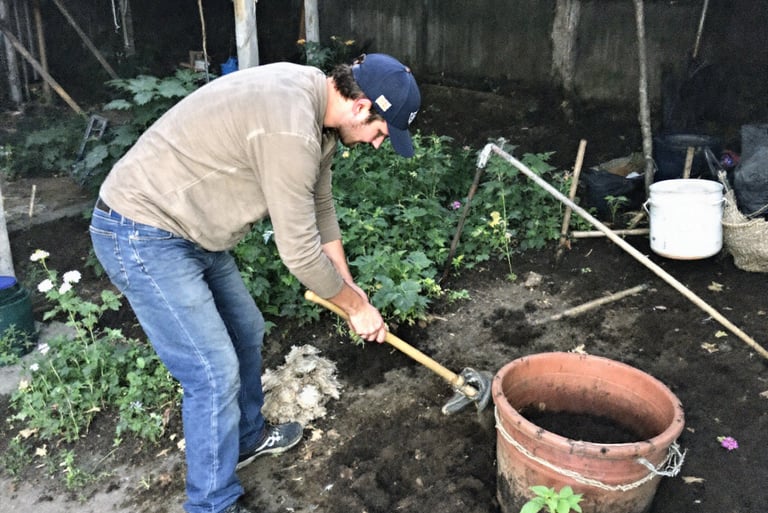

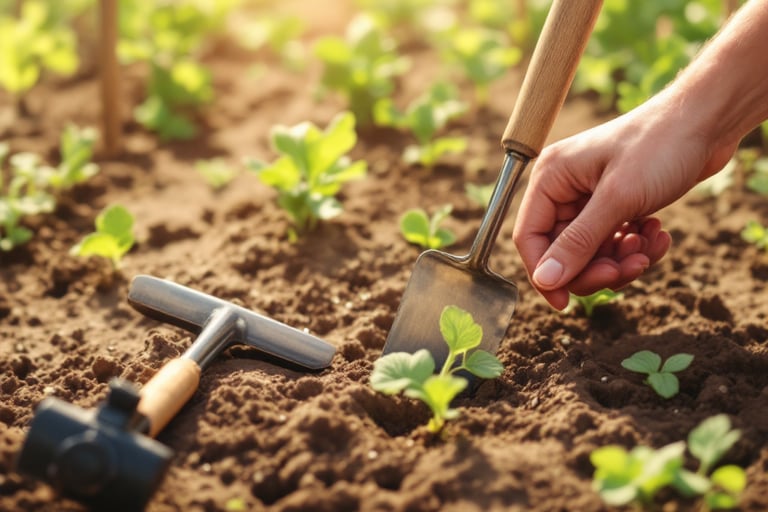

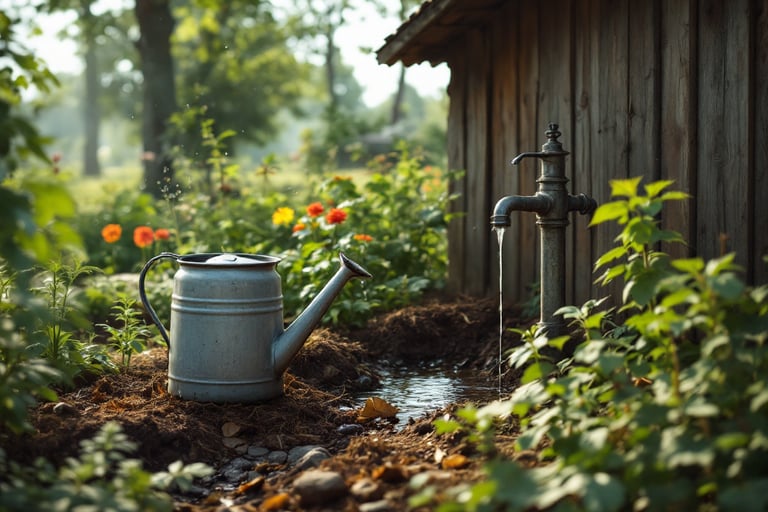

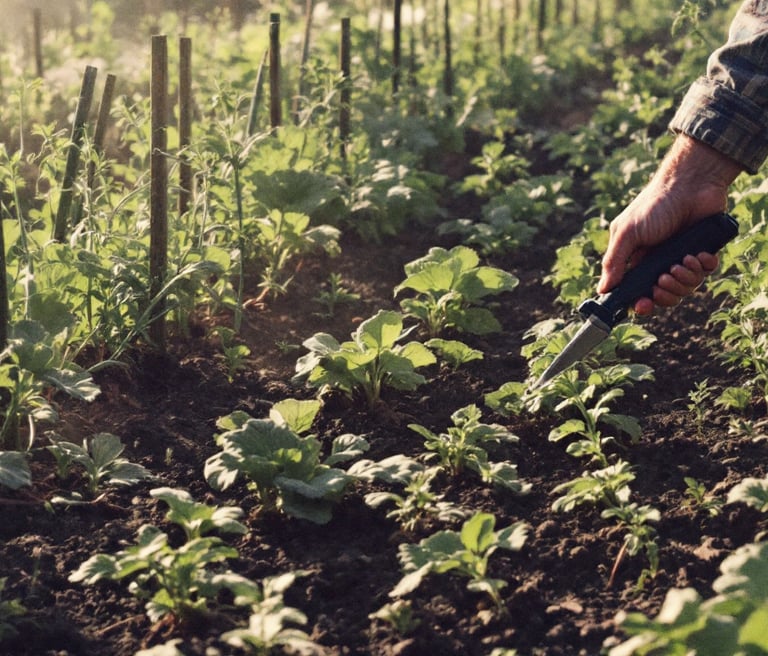



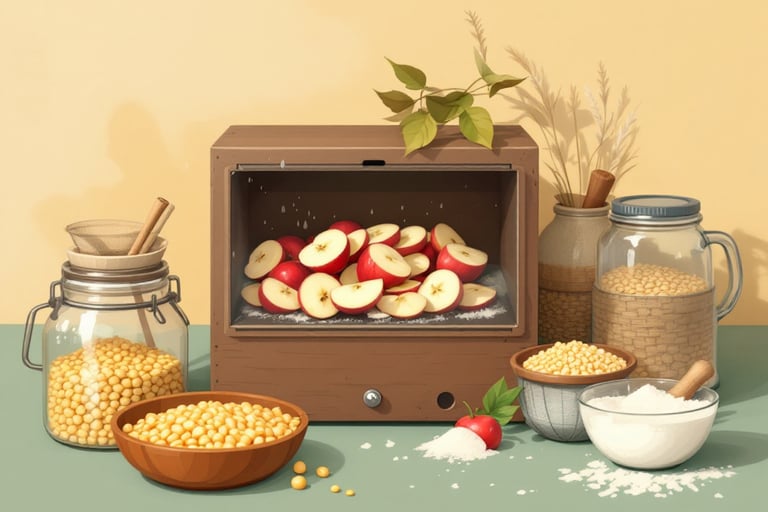

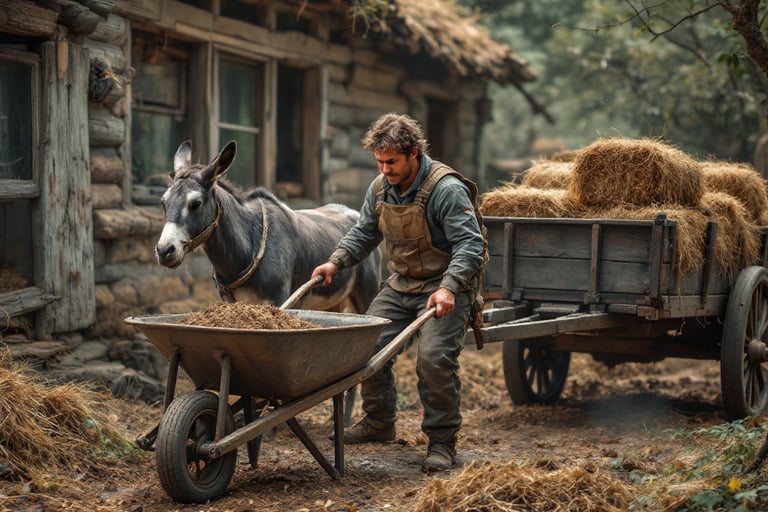

Building Your EMP-Proof Garden: Step-by-Step
Tools are useless without a plan. Here’s how to make this real:
Start Small: Clear a 100-square-foot plot. Test tools there before scaling up.
Gather Gear: Buy or scavenge—hand plows, hoes, sickles. Check antique stores or make your own (e.g., dibbler from a branch).
Secure Water: Dig a shallow well or set up barrels. A hand pump’s worth the investment.
Practice Now: Till a row, plant seeds, water by hand. Muscle memory beats panic later.
Store Smart: Keep tools dry and oiled in a shed. Rust is your enemy.
Real Step: Map your garden on paper. Plot rows, water paths, and tool storage. Adjust as you learn.
The Bigger Picture: Resilience Beyond Survival
This isn’t just about food—it’s about reclaiming power. Amish farmers still thrive without electricity, using these same tools. In a crisis, your garden becomes a lifeline, a trade hub, even a morale booster. Every seed you plant is a middle finger to chaos.
Call to Action: Don’t wait. Grab a hoe, pick a spot, and start digging. Share your progress or questions below—let’s build a community of growers who don’t need the grid.
